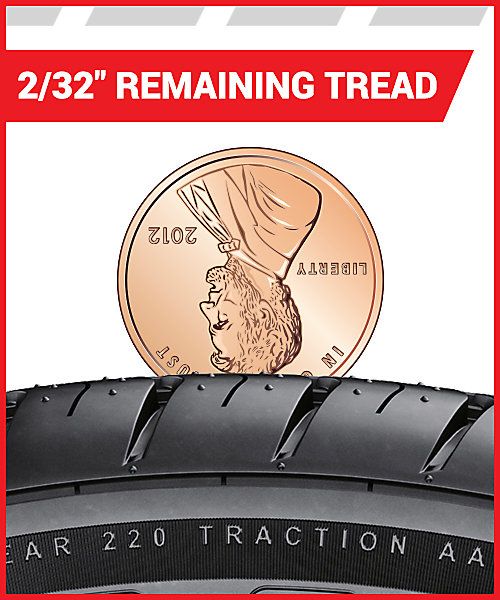When it comes to checking tire tread, there are a number of methods that can help you know if it’s time to replace a tire. Heavily worn tread will prevent a tire from performing as designed and can lead to unsafe driving conditions. One of the simplest, most common ways to check tread depth requires nothing more than a penny and a few moments of your time.
In the United States, tire tread depth is measured in 32nds of an inch. New tires typically come with 10/32” or 11/32” tread depths, and some truck, SUV and winter tires may have deeper tread depths than other models. The U.S. Department of Transportation recommends replacing tires when they reach 2/32”, and many states legally require tires to be replaced at this depth.
The idea of the penny test is to check whether you’ve hit the 2/32” threshold. Here’s how it works:
Place a penny between the tread ribs on your tire. A “rib” refers to the raised portion of tread that spans the circumference of your tire. Tire tread is composed of several ribs.
Turn the penny so that Lincoln’s head points down into the tread.
See if the top of his head disappears between the ribs. If it does, your tread is still above 2/32” , If you can see his entire head, it may be time to replace the tire because your tread is no longer deep enough.
When performing the penny tire test, remember not only to check each tire, but to check various places around each tire. Pay special attention to areas that look the most worn. Even if parts of your tread are deeper than 2/32”, you should still replace the tire when any areas fail the penny test.
Consistent wear around the whole tire is normal, but uneven tread wear could be a sign of improper inflation, wheel misalignment, or a variety of other things. If you see uneven tread wear, you should have a technician inspect your vehicle.
A simple way to check your tire tread depth is by using a tread depth gauge.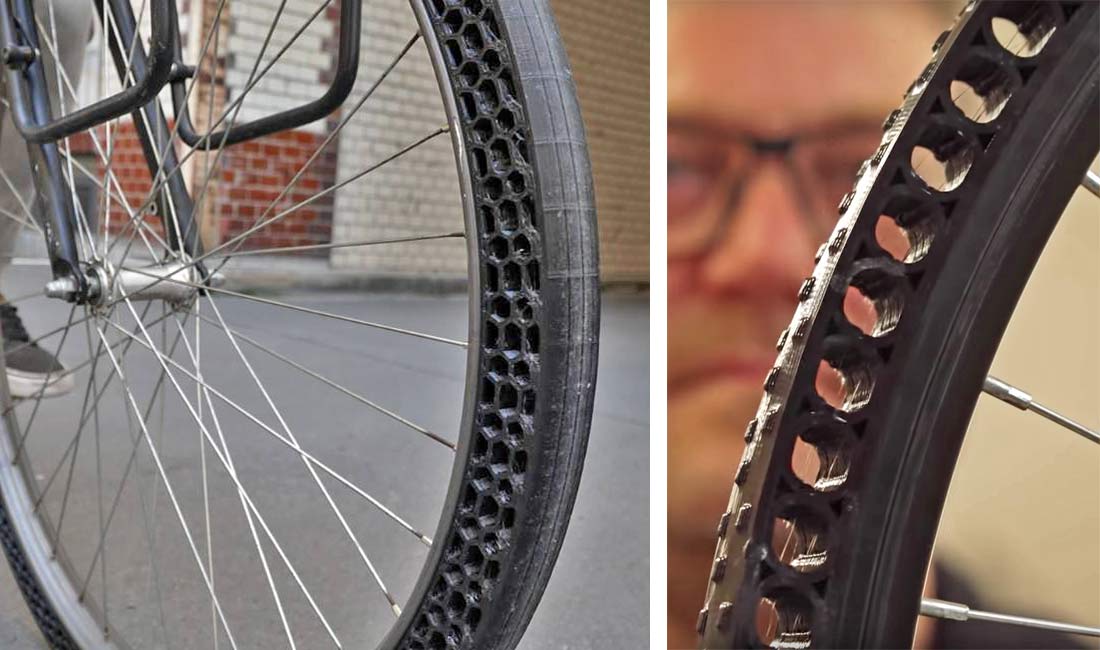 You can find tire tread depth gauges at your local auto parts store. There are many models available, but an inexpensive simple graduated probe gauge will work just fine. All you have to do is stick the probe into a groove in the tread and press the shoulders of the probe flat against the tread block and read the result. All gauges should measure in both 32nds of an inch and millimeters.
You can find tire tread depth gauges at your local auto parts store. There are many models available, but an inexpensive simple graduated probe gauge will work just fine. All you have to do is stick the probe into a groove in the tread and press the shoulders of the probe flat against the tread block and read the result. All gauges should measure in both 32nds of an inch and millimeters.
Another indicator of worn out tread already lives in your tires themselves. Every performance, light truck, or medium commercial tire comes equipped with indicator bars (or wear bars) embedded between the tread ribs at 2/32”. They’re there to help you monitor tread depth and make decisions about tire replacement. Just look to see if the tread is flush with the indicator bars. If they are, it’s time to replace the tire.
While the penny tire test does deliver on what it promises – indicating whether tread has reached the legal limit – it may not be the best indicator of whether your tires are safe for the road. Tire performance can diminish significantly before your tread hits 2/32”. Even though the law deems fit for safe driving may not prevent you from hydroplaning or losing control in rainy, slushy conditions. If you think your tires may be close to needing replacement, have them checked out by a licensed mechanic.
Tire performance can diminish significantly before your tread hits 2/32”. Even though the law deems fit for safe driving may not prevent you from hydroplaning or losing control in rainy, slushy conditions. If you think your tires may be close to needing replacement, have them checked out by a licensed mechanic.
Calculate Out-The-Door Price
close
With this easy test, a penny can buy you peace of mind when it comes to your tires and safety.
Place a penny head first into several tread grooves across the tire. If you always see the top of Lincoln’s head, your treads are shallow and worn. If this is the case, your tires need to be replaced.
If part of Lincoln’s head is always covered by the tread, you have more than 2/32 of an inch of tread depth remaining. This means you probably don’t need new tires.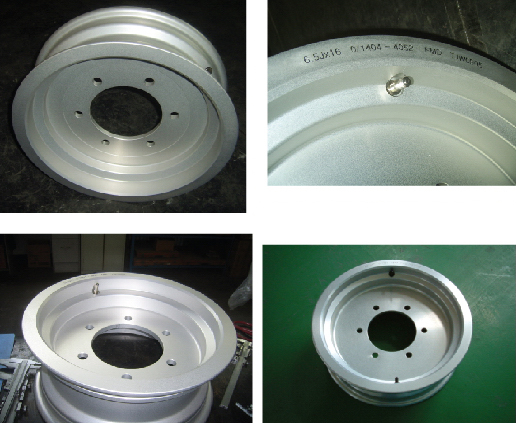
When your tire treads are worn, your car may respond poorly in adverse weather conditions like rain and snow. With good treads, your car will grip the road better. Also, having insufficient tread is considered illegal in many states. And finally, worn treads can make other parts of your car wear prematurely.
Potential Problem Areas:
When it’s time to change your tires, your Firestone Complete Auto Care dealer wants to make purchasing a new set as simple as possible.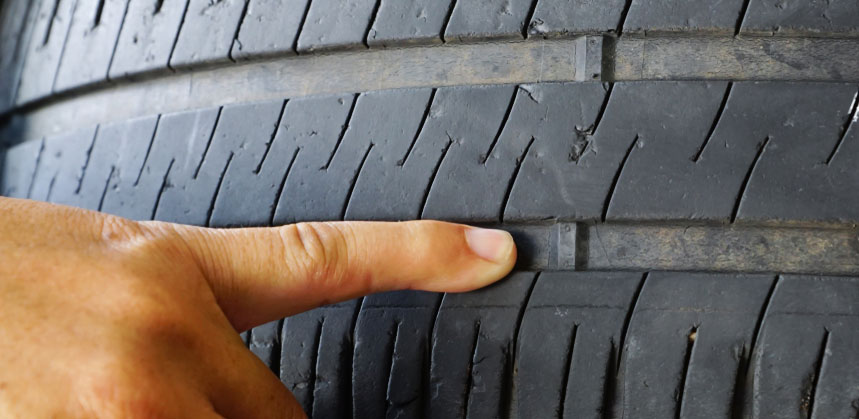 We have the best selection of quality tires to fit your vehicle, your budget and your driving style. From economy to ultra high performance tires - in the size you need from brands you trust, including our well-known Bridgestone and Firestone brands - you can find what you need right here.
We have the best selection of quality tires to fit your vehicle, your budget and your driving style. From economy to ultra high performance tires - in the size you need from brands you trust, including our well-known Bridgestone and Firestone brands - you can find what you need right here.
Make a selection from the following options:
Shop for Tires
Find a Store Near You
Schedule an Appointment
{{storeNumber}}
{{storeName}}
{{link-icon "Call Us" mobileCallLink null "call-cta"}} {{link-icon "Directions" directions "_blank" "directions-cta"}}
{{address}}
{{city}}, {{state}} {{zip}}
{{#if activeFlag}} {{#ifCond mystore "or" myPreferredStore}} {{#ifCond storeType 'eq' "TPL"}}
*Call store for appointment {{phone}}
{{else}} {{#if onlineAppointmentActiveFlag }}
{{#if myPreferredStore}}
{{else}}
*Call store for appointment {{phone}}
{{/if}} {{/ifCond}} {{else}} {{#ifCond storeType 'eq' "TPL"}}
*Call store for appointment {{phone}}
{{else}}
Schedule Appointment {{#if onlineAppointmentActiveFlag}} {{else}}
*Call store for appointment {{phone}}
{{/if}}
{{/ifCond}} {{/ifCond}} {{else}}
*Temporarily Closed Due To: {{temporarilyClosedReason}}
{{/if}} {{#if isMilitaryStore}}
*This location is on an active US military base. You may need military ID to access the location.
You may need military ID to access the location.
{{/if}}
How does asphalt temperature affect the grip properties of tires? To give an exhaustive answer, the experts of Za Rulem magazine tested more than a dozen models of winter and summer tires and, based on the tests, prepared recommendations for their use depending on the air temperature and asphalt.
Unlike most of our tire tests, this one is not comparative, but research. The task is to understand the behavior of tires at different temperatures. All the results obtained are valid only for the surface on which the tests were carried out - this is coarse-grained asphalt with a high coefficient of adhesion (about 0.8).
We selected nine sets of 205/55 R16 summer tires for testing.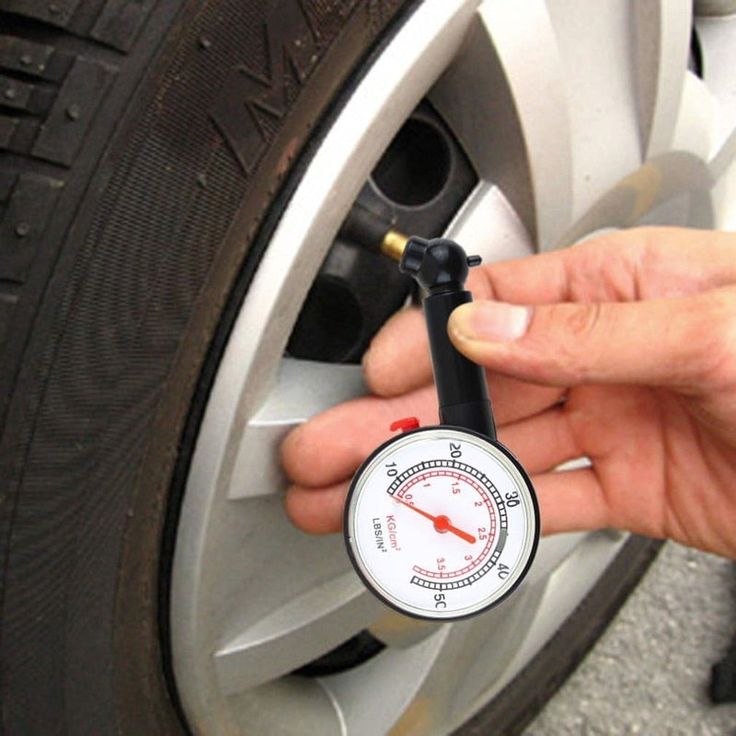 As a quantity characterizing the grip properties of tires, we will use the braking distance.
As a quantity characterizing the grip properties of tires, we will use the braking distance.
Related materials
Moving on to Summer: Frequently Asked Questions
The idea is this. We will start testing on the hottest days, when the air warms up to 30 ºС. Then you need to catch the decrease in temperature, repeating measurements with an interval of 10-15º in descending order - up to +5...+7 ºС. It is this average daily temperature (+6 ºС) that tire manufacturers call transitional, when in autumn it is necessary to switch from summer tires to winter tires, and in spring, vice versa, respectively.
In addition, three winter friction tires must be connected to the comparison in order to compare with the summer ones. But we will test them at a temperature not higher than +10 ... +15 ºС, so as not to be erased in the heat to the cord.
In autumn, you can catch frosty days when the air and asphalt have a negative temperature. The main thing is that the asphalt is dry, and the weather conditions exclude the appearance of moisture or ice on it.
The main thing is that the asphalt is dry, and the weather conditions exclude the appearance of moisture or ice on it.
Let's look for an answer to the question: is it really so great and so dangerous to increase the braking distance when the air temperature and, accordingly, asphalt, fall, as tire manufacturers claim?
Our assistants during the test: the VBOX Racelogic complex, which was used to measure the vehicle speed and braking distance (based on GPS data), and the Optris MS infrared handheld thermometer, to determine the temperature of the asphalt.
Our assistants during the test: the VBOX Racelogic complex, which was used to measure the vehicle speed and braking distance (based on GPS data), and the Optris MS infrared handheld thermometer, to determine the temperature of the asphalt.
Related materials
Big test of 205/55R16 summer tires: hot days
The main team included the winners of our tests - Pirelli Cinturato P7 Blue (2015) and Nokian Hakka Green 2 (2016). They added the top-end Continental ContiPremiumContact 5 and the novelty of the rapidly progressing company Hankook - summer tires Ventus Prime 3. The middle price segment is represented by Japanese-made Toyo Proxes CF2 and Nitto NT830. In contrast to the top-end tires, inexpensive Belarusian tires Belshina Artmotion Bel‑263, domestic Cordiant Sport 3 and Chinese Triangle Sportex TSh21 were taken.
They added the top-end Continental ContiPremiumContact 5 and the novelty of the rapidly progressing company Hankook - summer tires Ventus Prime 3. The middle price segment is represented by Japanese-made Toyo Proxes CF2 and Nitto NT830. In contrast to the top-end tires, inexpensive Belarusian tires Belshina Artmotion Bel‑263, domestic Cordiant Sport 3 and Chinese Triangle Sportex TSh21 were taken.
The "winter" team was based on "Scandinavian" clutches - these are the winners of our previous tests Continental ContiVikingContact 6 and Nokian Hakkapeliitta R2. This “soft” pair was diluted with the tougher Nokian WR D2 tires, oriented towards warm Eastern European winters.
Related materials
Seasonal tire change: everything car owners need to know
Tests were carried out at the AVTOVAZ test site in the Samara region in summer and autumn 2016 on a Volkswagen Golf hatchback.
In order not to erase the tread by repeated braking (even with ABS, the rubber wears out quite intensively), we reduced the braking start speed for summer tires on dry pavement from our standard 100 km/h to 80 km/h.
All tests were carried out on the same section of the road, on the same car and with the same "leg", that is, the driver. The brake "path" before each temperature block of measurements was cleaned by twenty-fold braking on non-test tires. On the tested tires, in each block of measurements, we braked six times, not forgetting to cool the brakes in between.
The final graphs for each tire were built based on the actual asphalt temperatures at the time of measurements - for greater accuracy.
We were forced to skip tests at temperatures of +25…+30 ºС due to a sharp cold snap. The lines connecting the measurement points on the chart are conditional, since we have reliable data only at these points.
The first measurements began at the end of July last year, when the air warmed up to 30-35º. A light haze in the sky did not allow the asphalt to heat up to fifty. The temperature range of the coating was from 41 to 48º: you can’t fry an egg, but it’s easy to warm it up!
The temperature range of the coating was from 41 to 48º: you can’t fry an egg, but it’s easy to warm it up!
Average stopping distance 26.5 meters. The spread of results among the nine participants was 3.5 meters, or 13.2%. It is noteworthy that the results clustered into three rather dense groups. Three leaders - Continental, Pirelli and Hankook - showed a result of 24.8 to 25.5 meters. The "average" group of four tires was almost a meter behind them: from 26.4 to 27.2 meters. And the last ones lost the same amount - Belshina and Nitto with the results of 28.0 and 28.3 meters.
Related materials
Choosing summer tires 185 / 60R14: sliding dry
The heat dragged on for more than half a month, and then it got colder, so we were forced to carry out the following measurements at an air temperature of +12.5 to +14.5 ºС.
On the other hand, due to dense clouds, the asphalt temperature became more stable: +17…+18 ºС. Unfortunately, we jumped over the asphalt temperature point of +30 ºС, but the open-air polygon is not a climatic chamber, you cannot set the desired air temperature.
Unfortunately, we jumped over the asphalt temperature point of +30 ºС, but the open-air polygon is not a climatic chamber, you cannot set the desired air temperature.
This time the results are more dense. The average stopping distance was reduced to 25.5 meters, and the spread of results decreased to 2.5 meters, which is 9.3%. The top three remained unchanged, but there was a rearrangement within it: the leading tires Continental improved their result by 0.6 meters, and Hankook, having won back one meter, displaced Pirelli from second place.
By evening, the temperature of the asphalt and the air had dropped, but not critically. And we introduced an additional composition into the game - winter tires.
Their results, as expected, are weaker than those of summer. To stop from 80 km/h, the “Europeans” needed a distance of 29.1 m, and the “Scandinavians” - 30.4 m. or 19.2%.
If in spring the average daily asphalt temperature is positive, and the daily temperature exceeds +5 ⁰С, this is a signal that it is time to change into summer tires.
If in spring the average daily asphalt temperature is positive, and the daily temperature exceeds +5 ⁰С, this is a signal that it is time to change into summer tires.
The next temperature point is the borderline. The first measurements in the cold were carried out on winter tires. The air temperature fluctuated from two to three degrees Celsius, and the asphalt was almost the same: +2.2...+3.2 ºС.
Related materials
Test of winter non-studded tires 205/55R16: snow and cold are in the forecast
Nokian WR D2 "European" winter tires needed 28.1 meters to brake (one meter less than in warmer weather), and "Scandinavians" - 29meters (almost one and a half meters better).
By the time it was time for summer tires, the sun had risen and warmed the air up to +3.5…+6.0 ºС. The asphalt warmed up a little more — up to +3.8…+8.4 ºС. The average stopping distance of summer tires remained virtually unchanged compared to previous measurements: 25.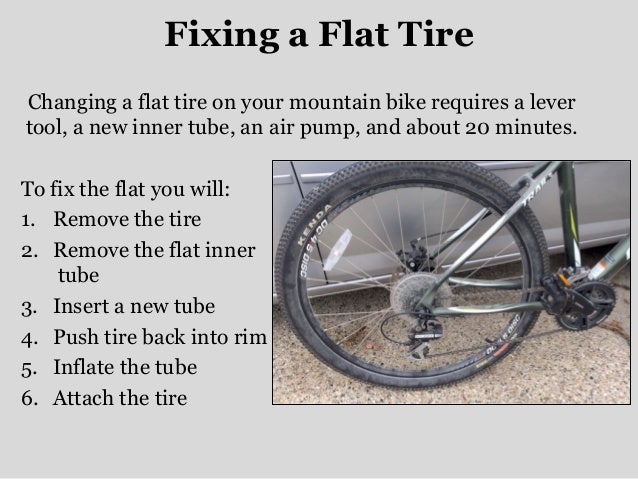 6 meters. But the results lay down even more closely - the spread decreased to 2.2 meters, or 8.6%.
6 meters. But the results lay down even more closely - the spread decreased to 2.2 meters, or 8.6%.
Continental gained another 0.1 meters and continued to lead with a significant lead (one meter) from the nearest rival. Three more contestants followed his example, improving their performance - Belshina, Cordiant and Nitto. For all, the braking distance was reduced by 0.6 meters. Toyo "remained with its own", keeping the coupling properties unchanged. On the rest of the tires, the braking distance of the Golf has increased - on Nokian, Pirelli, Triangle by 0.3–0.4 meters, and on Hankook by as much as 1.3 meters.
What is the intermediate output? Winter tires turned out to be sensitive to asphalt cooling to their own "maximum recommended" temperatures - having entered a comfortable temperature zone, they reduced the braking distance by a meter and a half. And now winter "Europeans" lose only 2.5 meters to summer tires (the difference is 9.8%), and "Scandinavians" - a meter more (13.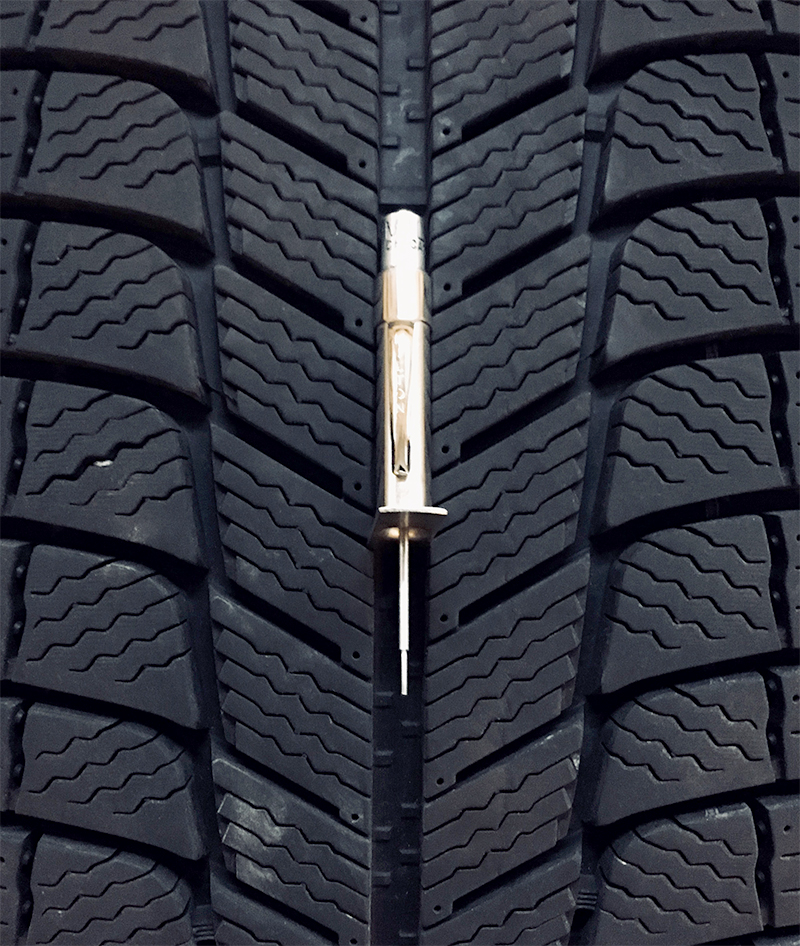 3%).
3%).
Summer testing phase completed. Now let's check how much the grip of summer tires deteriorates in cold weather. We catch a dry frosty day when the thermometer shows a steady minus. Naturally, there should not be a hint of ice on the asphalt.
Related materials
Comparative test of high-speed summer tires 225/45 R17: hostages of speed
Like the previous time, let's skip ahead with winter tires. They got an air temperature of -7.5 ... -8.5 ºС, and the asphalt temperature ranged from -7.3 to -9.7 ºС. The results were surprising in that they practically do not differ (deviations are only from 0.1 to 0.4 m) from the previous ones obtained with a slight plus.
Summer tires had a chance to slow down at air temperatures from -4 to -6.5 ºС, asphalt was the same temperature. The average stopping distance increased by an average of 1 meter to 26.5 meters. And the spread of results was 2.6 meters, or 9. 8%, - a little more than in warm weather.
8%, - a little more than in warm weather.
Although the braking distance on Conti has grown by 0.7 meters, these tires are still in first place. Nitto tires rolled out to second place, while Hankook regained third position.
The gap between summer and winter tires has decreased even more noticeably (by a whole meter), and this is solely due to the deterioration of the grip properties of summer tires. The difference between "summer" and winter "Europeans" was only 6.4%, and with "Scandinavians" - 9.8%.
Influence of coating temperature on braking performance
Summer tires | ||||||||
| Asphalt temperature, ⁰C |
+3.000 +3.000 +3.000 +3.000 +3.000 +3.000 +3.000 +3.000 +3.000 +8,000 +8,000 +8,000 +8,000 +8,000 +8.000 +16.8 ...+17.8 | +41.3 ...+47.9 | ||||||
| Air temperature, ⁰C | 9000.5 ... -4.0 | +3. | +12.5…+14.5 | +30.5 ... +35.5 | ||||
| Brakhanovovo (80-5 km/h), m | ||||||||
|
| 27 | 26,2 | 26,8 | 28,0 | ||||
| Continental ContiPremiumContact 5 | 24,8 | 24,1 | 24,2 | 24,8 | ||||
| Cordiant Sport 3 | 27,4 | 25,8 | 26,2 | 26,4 | ||||
| Hankook Ventus Prime 3 | 26,1 | 25,8 | 24,5 | 25,5 | ||||
| Nitto NT830 | 26,0 | 25,6 | 26,2 | 28,3 | ||||
| Nokian Hakka Green 2 | 26. | 25.8 | 9000 25.5 | 9000 26.6 002Pirelli Cinturato P7 Blue | 26,6 | 25,1 | 24,8 | 25,0 |
| Toyo Proxes CF2 | 26.8 | 26.3 | 26.3 | 27.2 | ||||
| TRIANGLE SPORTEX TSH21 013126.8 | 28.3 | |||||||
| The average value of the results | 26.5 | 25.6 9000 5 | ||||||
| The scatter of the results | 2.6 |
| 2.6 | 3.5 9000 3.5 9000 9000.5 9000.5 9000 3,5000 9000.5 9000 9000 3,5000 9000 3,5000 9000 3,5000 9000 3,5000 9000 3,5000 9000 3,5000 9000 3,5000 9000.5 9000 3,5,000 9000. | ||||
Winter friction tires | |||
| Asphalt temperature, ⁰C | 9000 -9.7… -9.7… —7.7.7.7.7.7.7.7.7.7.7.7.7.7.7.7.7.7.7… 2 | +12.7 ... +14.8 | |
| Air temperature, ⁰C | –8.5 ... -7.5 | 9000 +2.0 ... +3 3 3 3 3 .0 | +9.5…+10.5 9 |
| "Scandinavian": The average value of the results is | 29.1 (worse than summer by 9.8%) | 29.0 (worse summer for 13.3%) | 30, 30, 30, 30, 30, 30, 30, 30, 30, 30, 30, 30, 30, 30, 30, 30, 30, 30, 30, 30, 30, 30, 30, 30, 30, 30, 30, 30, 30, 30, 30, 30. 4 (worse than summer by 19.2%) |
As we have seen, none of the tested summer tires demonstrated grip stability at various, even positive, asphalt temperatures.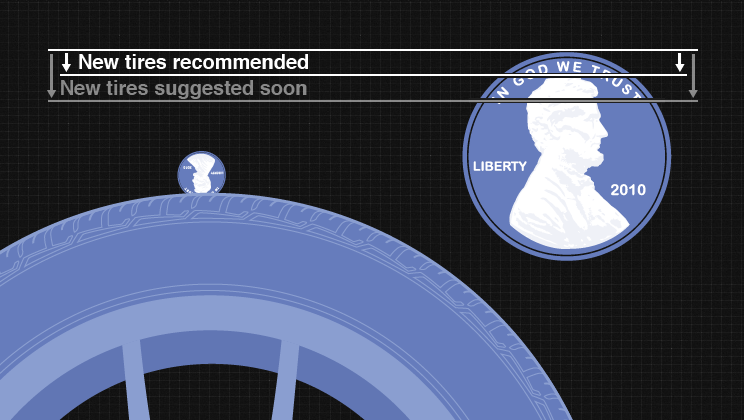 Almost half of the tested tires have a temperature point of maximum adhesion - from +17 to +18 ºС, for the other half - from +4 to +8 ºС. In addition, as the asphalt temperature rises or falls from the temperature point of maximum grip, the braking distance of any summer tire increases. It is noteworthy that the braking distance at maximum (+45 ºС) and minimum (-6 ºС) operating temperatures are close, which means that the adhesion coefficients at these temperatures are also close.
Almost half of the tested tires have a temperature point of maximum adhesion - from +17 to +18 ºС, for the other half - from +4 to +8 ºС. In addition, as the asphalt temperature rises or falls from the temperature point of maximum grip, the braking distance of any summer tire increases. It is noteworthy that the braking distance at maximum (+45 ºС) and minimum (-6 ºС) operating temperatures are close, which means that the adhesion coefficients at these temperatures are also close.
Related materials
Behind the scenes: asphalt disease
The grip of winter friction tires on dry pavement is worse than that of summer tires. At asphalt temperatures from -10 to -4 ºС, the difference in braking distance is 6-7% for "Europeans" and 10% for softer "Scandinavians". And with an increase in asphalt temperature to +13 ... +18 ºС, the difference almost doubles - up to 14 and 19%, respectively.
And here is the second very important conclusion. If in spring the average daily asphalt temperature is positive, and the daily temperature exceeds +5 ºС, this is a signal that it is time to change into summer tires. In autumn, when switching from summer to winter non-studded tires, be prepared that the grip properties of winter clutches on dry asphalt will be worse by 6–10% even at an asphalt temperature of no higher than +5 ºС. Therefore, it is not dangerous to use summer tires at near-zero asphalt temperatures, but only in one case - if the road is dry!
If in spring the average daily asphalt temperature is positive, and the daily temperature exceeds +5 ºС, this is a signal that it is time to change into summer tires. In autumn, when switching from summer to winter non-studded tires, be prepared that the grip properties of winter clutches on dry asphalt will be worse by 6–10% even at an asphalt temperature of no higher than +5 ºС. Therefore, it is not dangerous to use summer tires at near-zero asphalt temperatures, but only in one case - if the road is dry!
In addition, we have identified - or, to be more precise, confirmed - another interesting fact. In order to fully compare the grip properties of tires, it is advisable to carry out tests at different temperatures. After all, the results of tests carried out at different temperatures (even on the same asphalt) can vary significantly. Although miracles do not happen: the leading tires retain their positions, outsiders too.
And again we repeat the old truth: tires must be in season.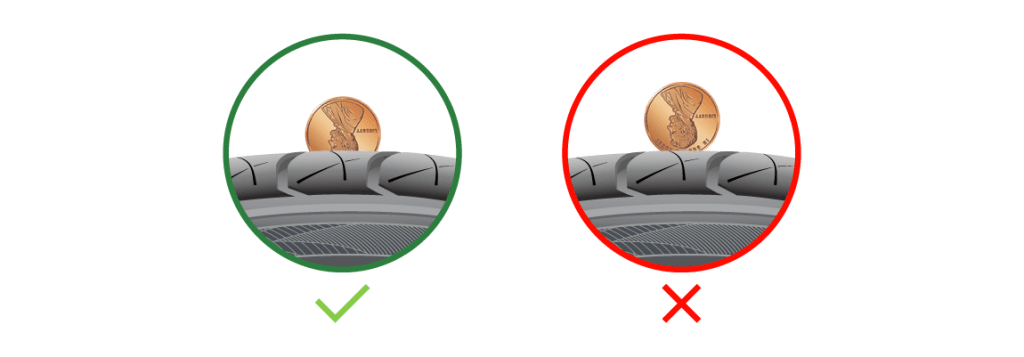 In summer you need to ride on summer ones, in winter - on winter ones. There is no third.
In summer you need to ride on summer ones, in winter - on winter ones. There is no third.
with caution
*On dry pavement without a hint of icing.
Everything you need to know about tires and seasonal changing shoes can be found in a selection of publications that includes tire tests "Behind the wheel" (link).
Driving tire test - measuring braking distances in hot and cold weather
“Behind the wheel” tire test — we measure the braking distance in hot and cold weather
We express our gratitude to the tire manufacturing companies that provided their products for testing, as well as to the employees of the AVTOVAZ test site and the Togliatti company Shintorg for technical support.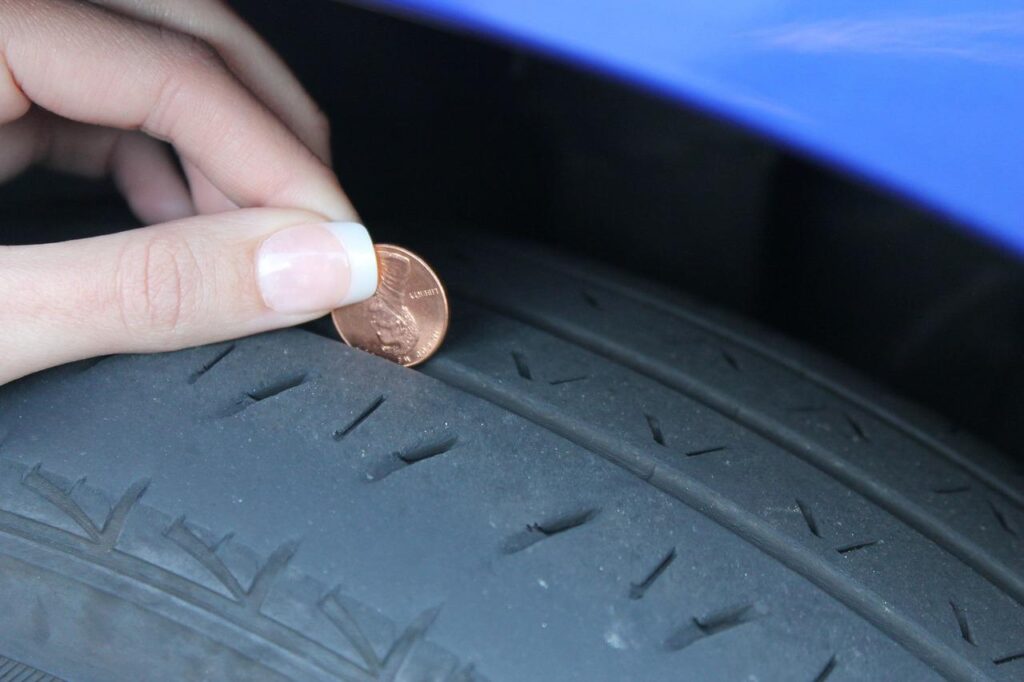
Any experienced rider just looking at the Penny 9 Longboard0134 will be able to distinguish a fake from the original. But how to recognize the “trick” for a beginner, an amateur, and even more so for parents who buy Penny skateboard as a gift to their child. A simple layman who does not understand all the intricacies and nuances of longs should start from his observations first of all.
Pay attention to the deck plastic, it must be of high quality and not have any visible defects. Rough fakes Penny have small, but still uneven and rough surfaces. In general, their quality is far from the original. Take a close look at the wheels, even with a high-quality replica, the chassis is a disease. Any original long Penny has high-strength polyurethane wheels and reliable decks that can withstand even the passage of a passenger car.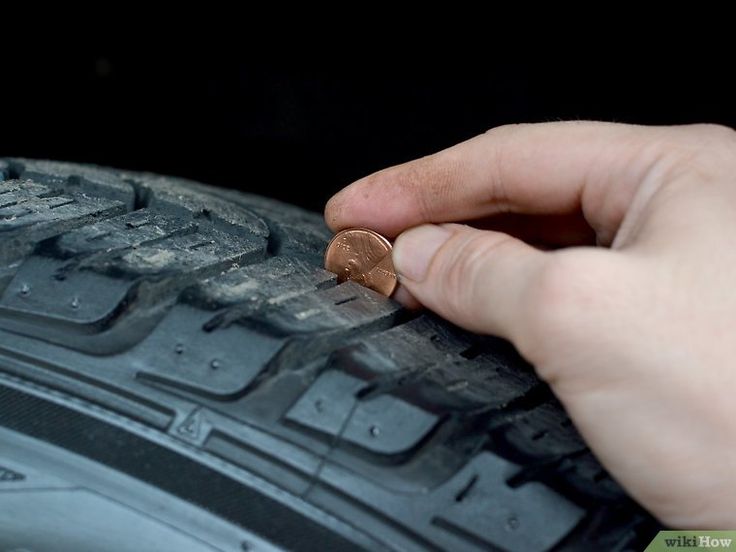
Buy Penny board better in our online store. We guarantee the originality of the products of this wonderful Australian brand and will refund your money even if you doubt the originality of the products. In addition to this, we give a 1 year warranty on all Penny cruisers!
The original Penny longboard has its own decals that indicate the quality of the product. Exploring the components, you will definitely see Penny brand logos on them: deck, wheels, suspensions, bearings. Without further ado, they will tell you about the originality of the chosen model.
In addition to brand differences, even colors can give out a fake. The original Penny series contains mainly exclusive colors and extraordinary ornaments, which are rather problematic to repeat.